There are miles of paved trails linking monuments; an auto tour with 9 designated stops (and several picnic areas), a trolley tour (90 minutes), and ranger-led tours. First we saw the 18-minute video about the history of the park and then visited the exhibits at the Visitor Center.
This park is the location of the Winter Encampment in 1777-1778 of the Continental Army led by General George Washington. At this time during the Revolutionary War, the British Army was occupying our nation's capitol, Philadelphia, PA. The Continental Congress was evacuated to York, PA, 90 miles away.
Congress wanted Washington to continue to engage in battle with the enemy. However, General Washington realized that he needed to find an area near Philadelphia (but not too close) where he could: reform the supply system (the army was suffering from lack of clothing, shoes, food, and other basic items); find experienced officers to help lead the men; and, finally, to build esprit d'corp, instill discipline, and provide training needed to build a unified fighting unit that could defeat the British. He chose Valley Forge due to the proximity to Philadelphia and the terrain formed a triangle that he
believed was defensible.
Soldiers were expected to bring the items shown here from home. Many did not have uniforms or boots. But the most deadly killer at the encampment was disease (primarily influenza and typhoid) as approximtely 2,000 died during the 6 months at Valley Forge. The recently invented the small pox vaccine saved many lives.
For six months (12/19/1777, to 6/19/1778), the army comprised of 12,000 soldiers and 400 women and children dug in at Valley Forge. Upon arrival in December, the first order of the day was to begin building log huts to house everyone.
smm
Several local farmhouses were used as officer quarters. Fifteen hundred log huts and 2 miles of fortifications were built using the abundant supply of wood found in the Pennsylvanis forests.
Field bake ovens were constructed and placed in an earthen mound. Approximately 168 barrels (84,000 pounds) of flour were used per day to bake bread. Cooking fireplaces were also set up on the outer circle of each mound for stews, etc.
The National Memorial Arch was authorized by Congress in 1910 as a tribute to George Washington and his army who endured the winter of 1771-78 at Valley Forge. It was dedicated in 1917. In 1996-97, the Freemasons of Pennsylvania (George Washington was the head of the Freemasons during his presidency) raised $1.5M to preserve it.
Several local farmhouses were used as officer quarters. Fifteen hundred log huts and 2 miles of fortifications were built using the abundant supply of wood found in the Pennsylvanis forests.
Field bake ovens were constructed and placed in an earthen mound. Approximately 168 barrels (84,000 pounds) of flour were used per day to bake bread. Cooking fireplaces were also set up on the outer circle of each mound for stews, etc.
The National Memorial Arch was authorized by Congress in 1910 as a tribute to George Washington and his army who endured the winter of 1771-78 at Valley Forge. It was dedicated in 1917. In 1996-97, the Freemasons of Pennsylvania (George Washington was the head of the Freemasons during his presidency) raised $1.5M to preserve it.
Anthony Wayne was a Brigadier General of the Continental Army during the Winter Encampment at Valley Forge. He was from the this area (Wayne, PA, is named after him) and in this statue he is gazing in the direction of his farm.
Washington's Headquarters were in a farmhouse owned by Isaac Potts that had been buillt c 1768. He was paid 100 pounds by Congress for its used for 6 months (considered a fair price at the time). Martha lived here with her husband during the encampment. Washington's aides also lived here with him. Their offices were on the first floor with sleeping areas in the bedrooms on the second floor and the garrett on the third. The kitchen was detached.
Washington's elite personal guards occupied log huts located near his headquarters. A spring house was located in this area as well.
This bronze statue of General George Washington by Jean-Antoine Houdon (France) was completed in 1785. The original has been on display in the Virginia State capitol since 1796. Family members believed this to be the most realistic depiction of Washington ever created.
Artillery Park, located at the center of the encampment, is where most cannons were kept. Guns would be rushed to the point of attack when the fife and drum were heard. This provided a flexible defense model that was required due to the scarcity of weapons. General Knox, who learned about artillery from books, commanded and trained the Continental Army and resided near the Artillery Park during the encampment.
Prussian military leader, Frederich Wilhelm Baron von Steuben, was appointed by General Washington as Inspector General of the Continental Army. He undertook the daunting task of training the undisciplined, diverse, soldiers encamped at Valley Forge. He wrote training manuals that were translated into English and served as the foundation of military training that served as the basis of the modern US Army. For the first time the soldiers were trained on bayonet fighting which was the deciding factor in the ourtcome of most battles during the Revolutionary War.
On May 6, 1778, thousands of troops performed a "fire of joy" demonstration on the Grand Parade (field shown below) to celebrate the signing of the French Treaty of Alliance, a major turning point in the Revolutionary War. This showcased the newly trained and disciplined Continental Army...a tribute to von Steuben's' intensive training.
Our final stop on the auto tour was the Washington Memorial Chapel built as a tribute to General Feorge Washington and the soldiers of Valley Forge. The cornerstone was laid in 1903 and dedicated in 1917. Today is is an active parish of the Episcopal Church and remains a national memorial. It is not directly affiliated with the National Park Service and receives no federal funding.
The stonework here is stunning. I found this statue, dedicated to the Mothers of the Nation, to be very poignant in this setting.
Next to the Chapel is the National Patriots Bell Tower. Completed in 1953, it is dedicated to the memory of General George Washington. It houses on the world's largest and most beautiful carillons. It has 58 turned bronze bells that weigh from 13.5 pounds to 8,000 pounds (a total of 26 tons) that span 5 octaves. It is played by hand from a keyboard and free concerts are held here during the summer months.
The Bell Tower is also the home to the Justice Bell, a replica of the Liberty Bell, that traveled Pennsylvania in support of the woman's suffrage movement from 1915-1920.
Also in the Tower is the Veterans Wall of Honor, You my honor a loved one's service with a donation of $350. The individual's name and branch of service will be inscribed on the wall. The money is used to maintain the carillon and tower.
Behind the Chapel and Tower is the Chapel Cabin that sells gifts and souveniers. There is also a lovely cafe located there.
This place provides amazing insights into this time in history when our country was in the middle of the battle for independence. We really enjoyed the auto tour (nine designated stops) because it enabled us to see the highlights of the park. With more time, we would definitely hike some of the trails. The park is located near a densely populated area, but the beautiful grounds of the park make you feel like you are in a rural setting. For additional information on hours of operation and other details about the sights here.
Website: www.np s.gov/vafo

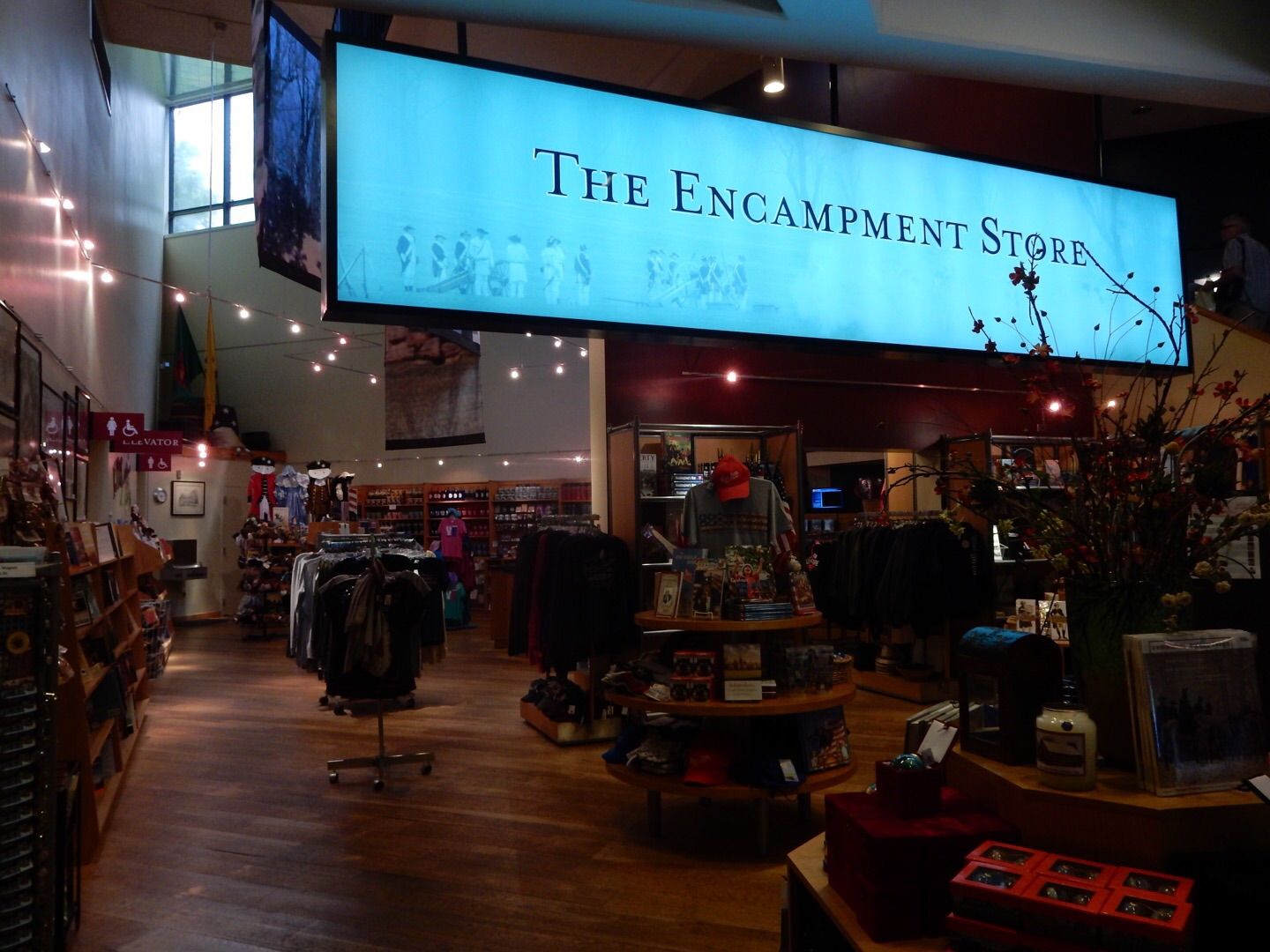
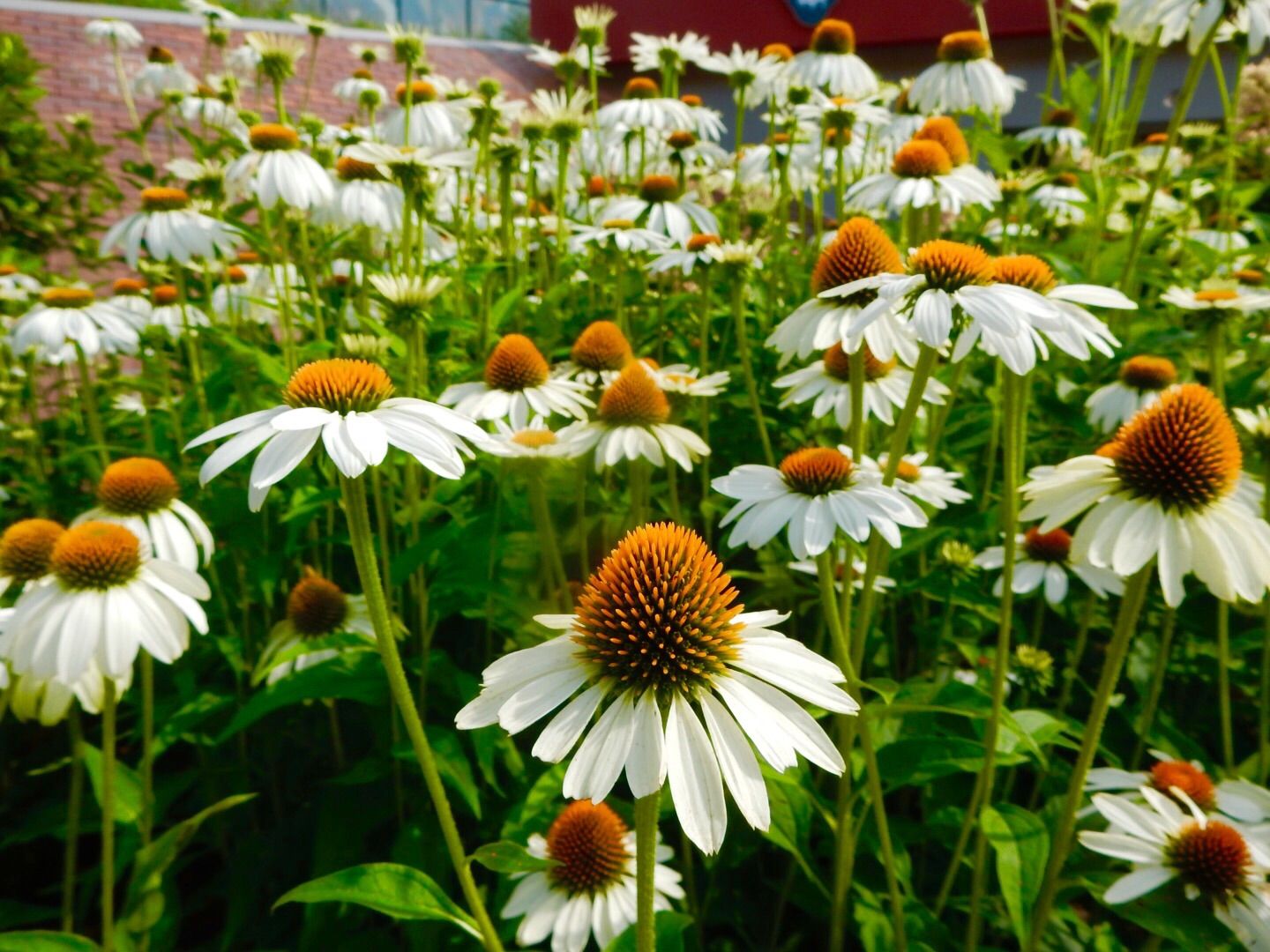
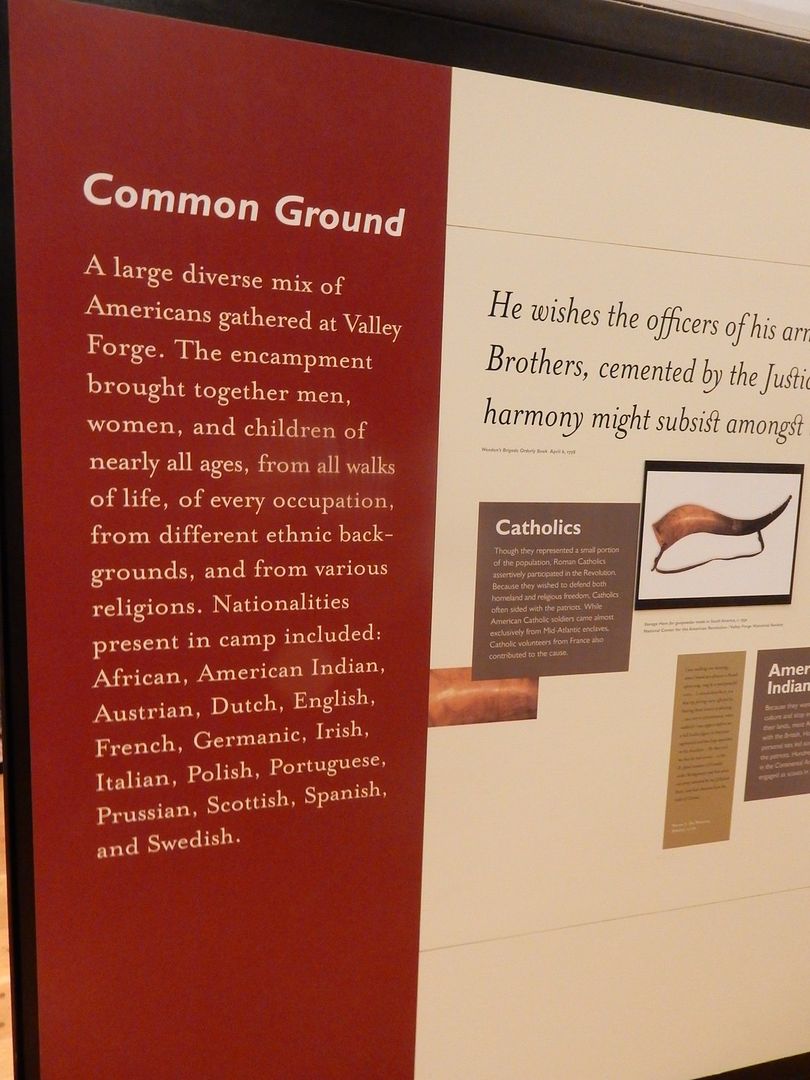
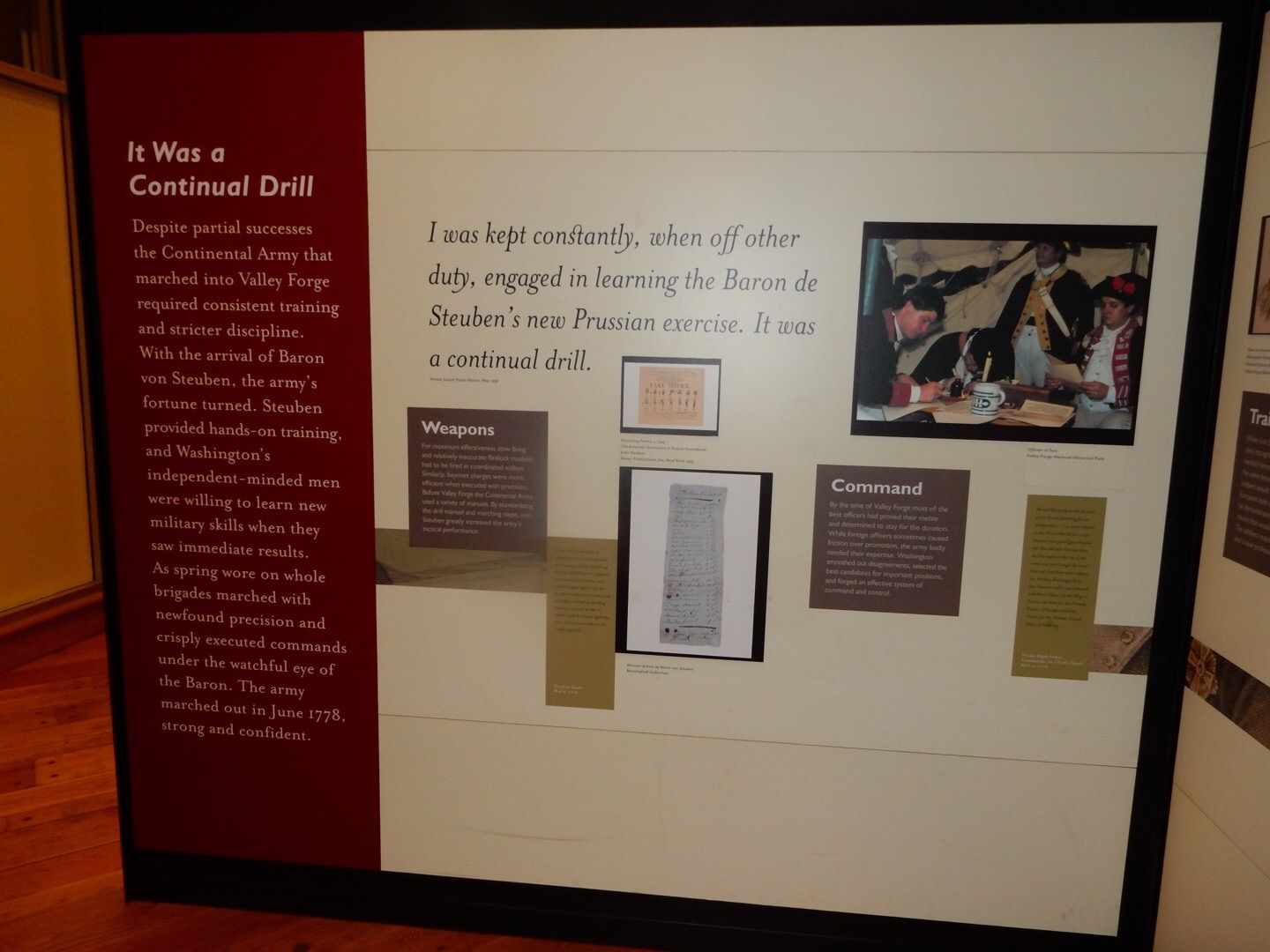
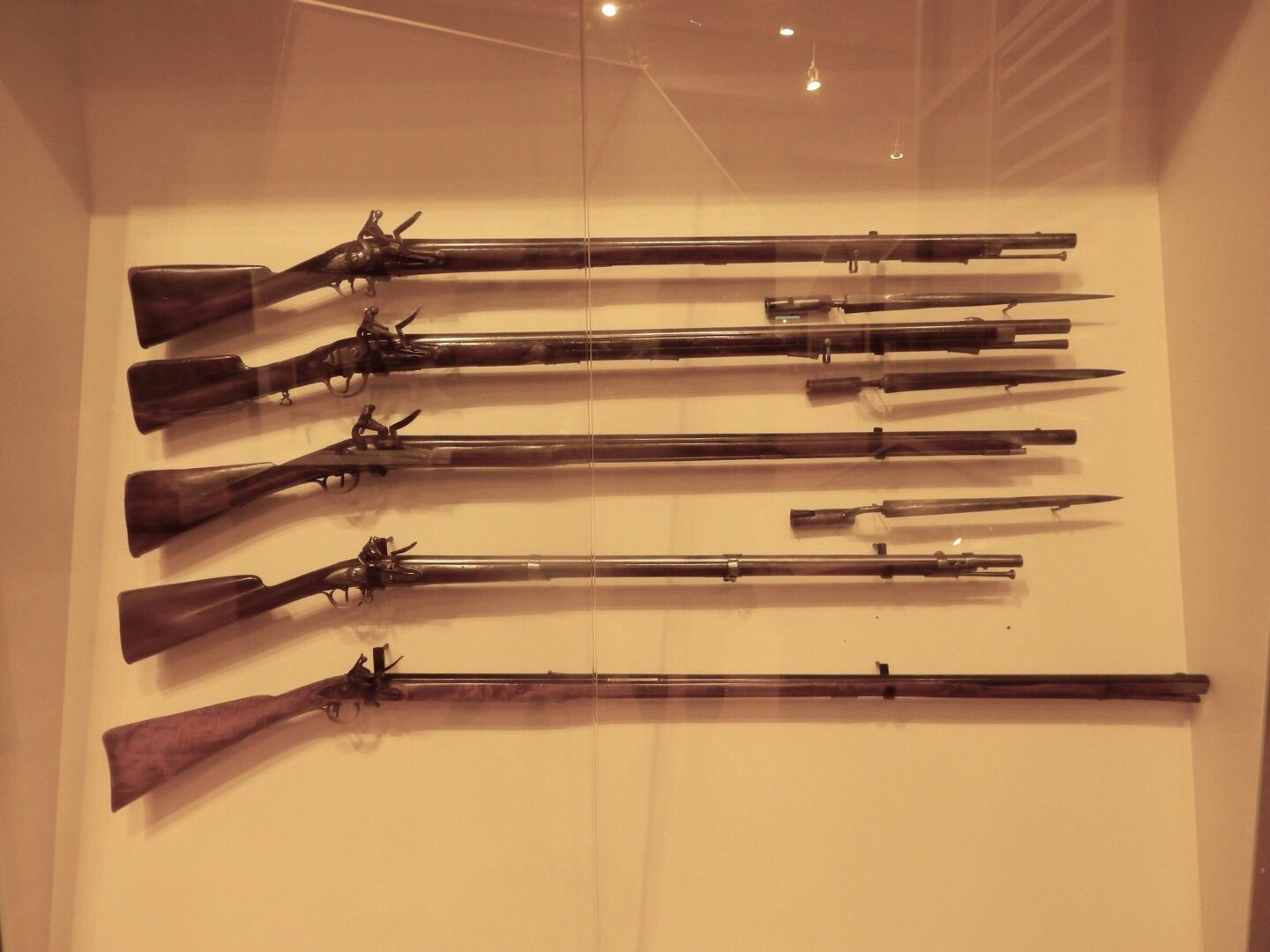
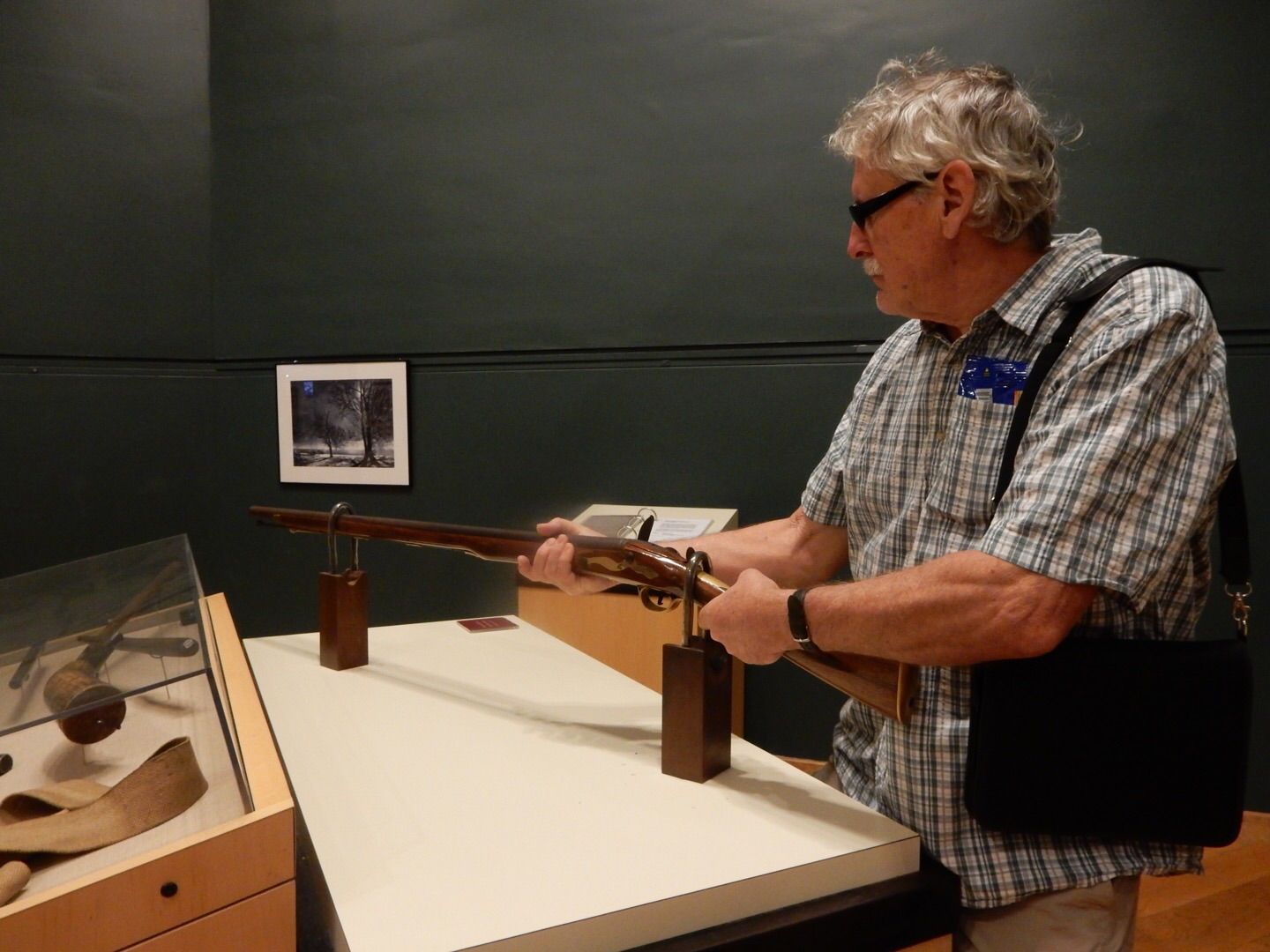

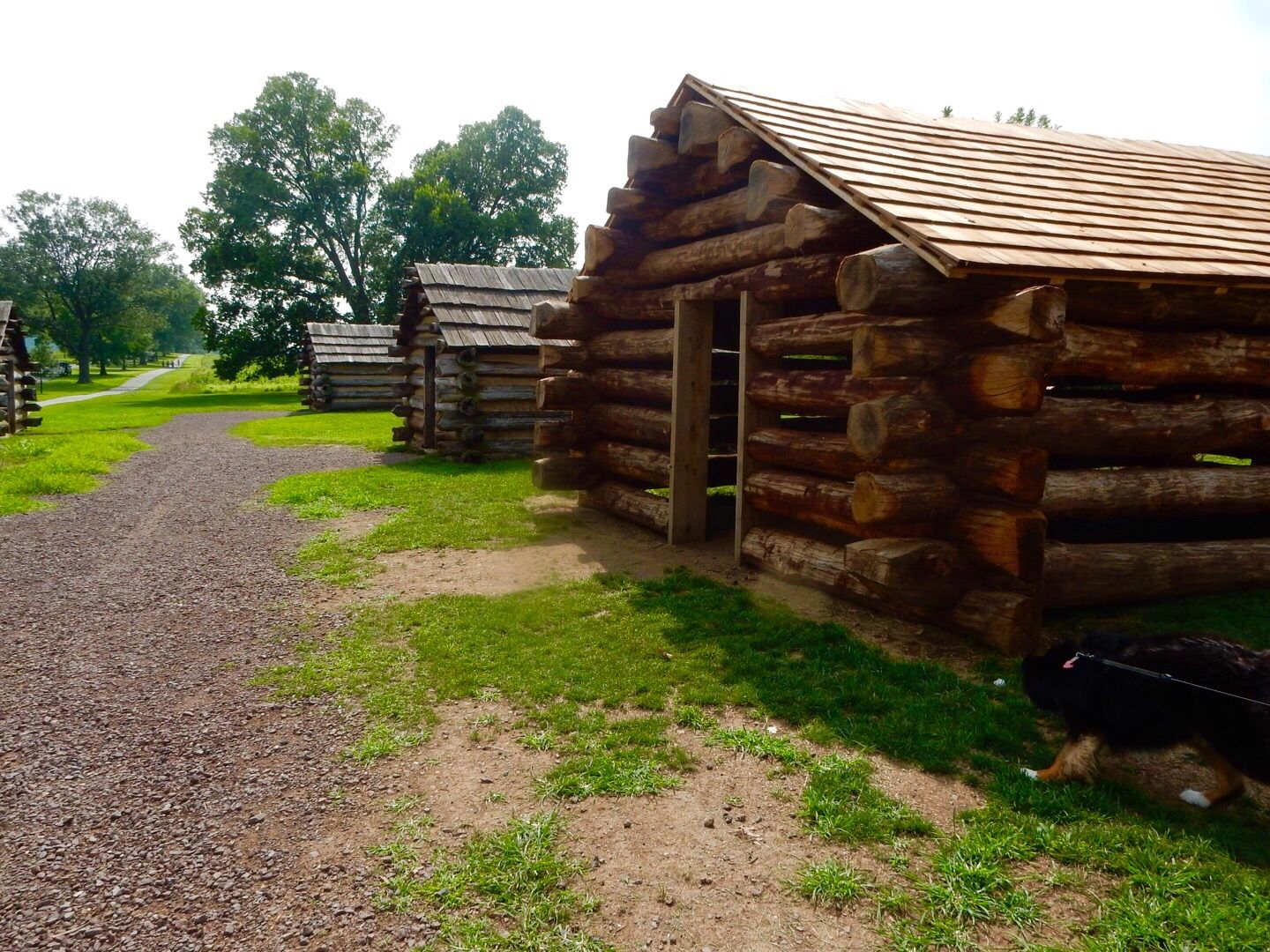
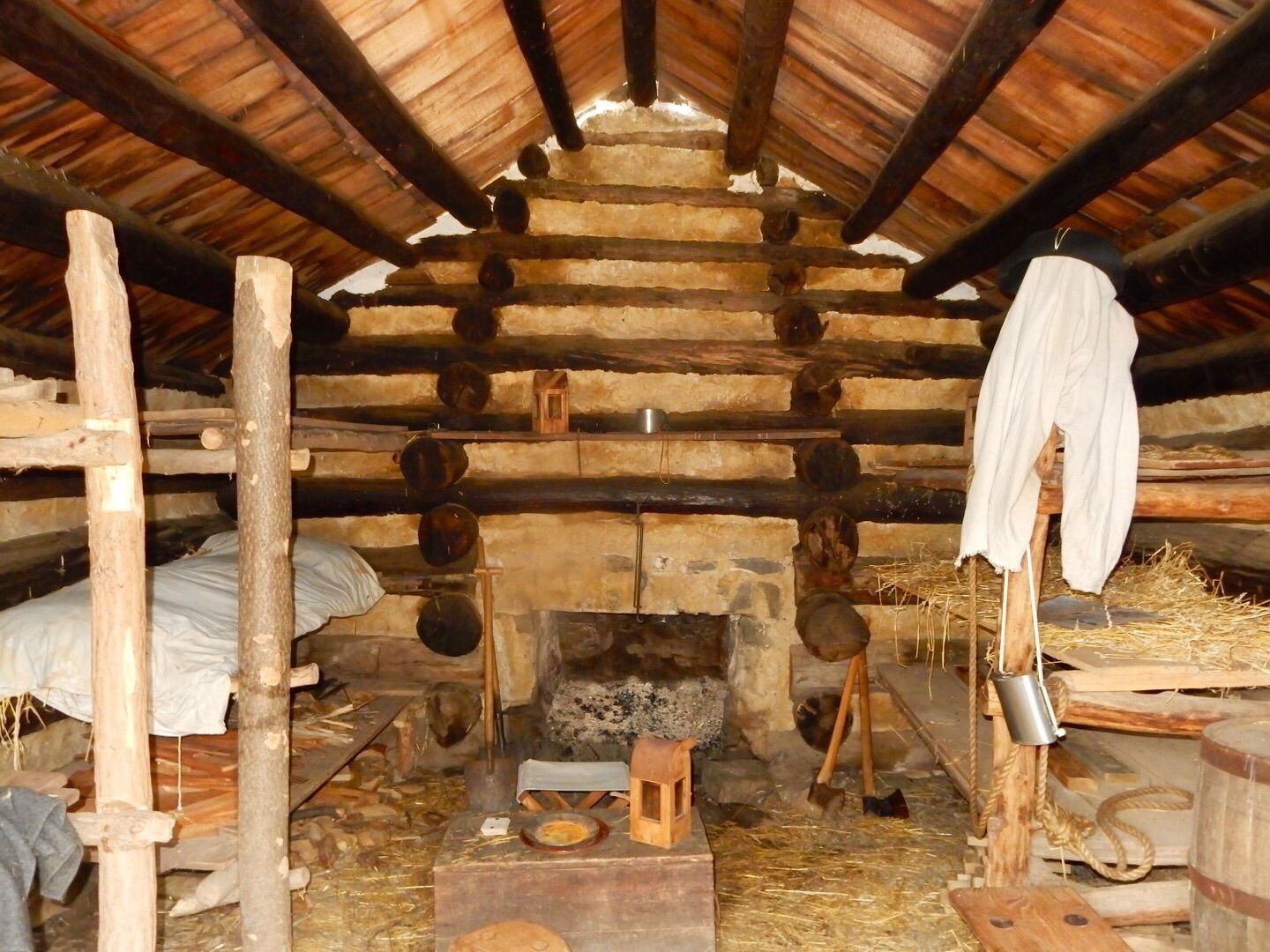
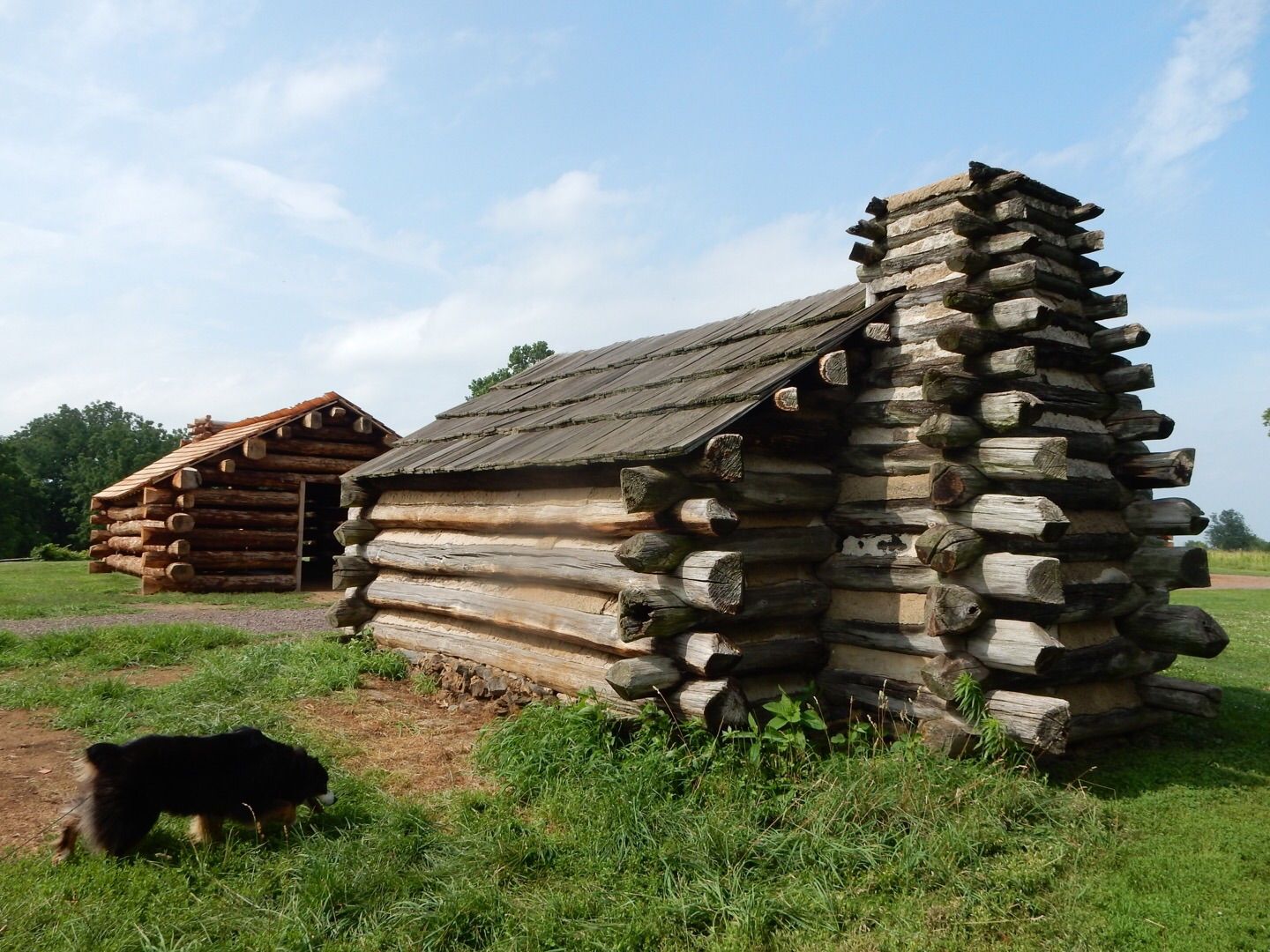

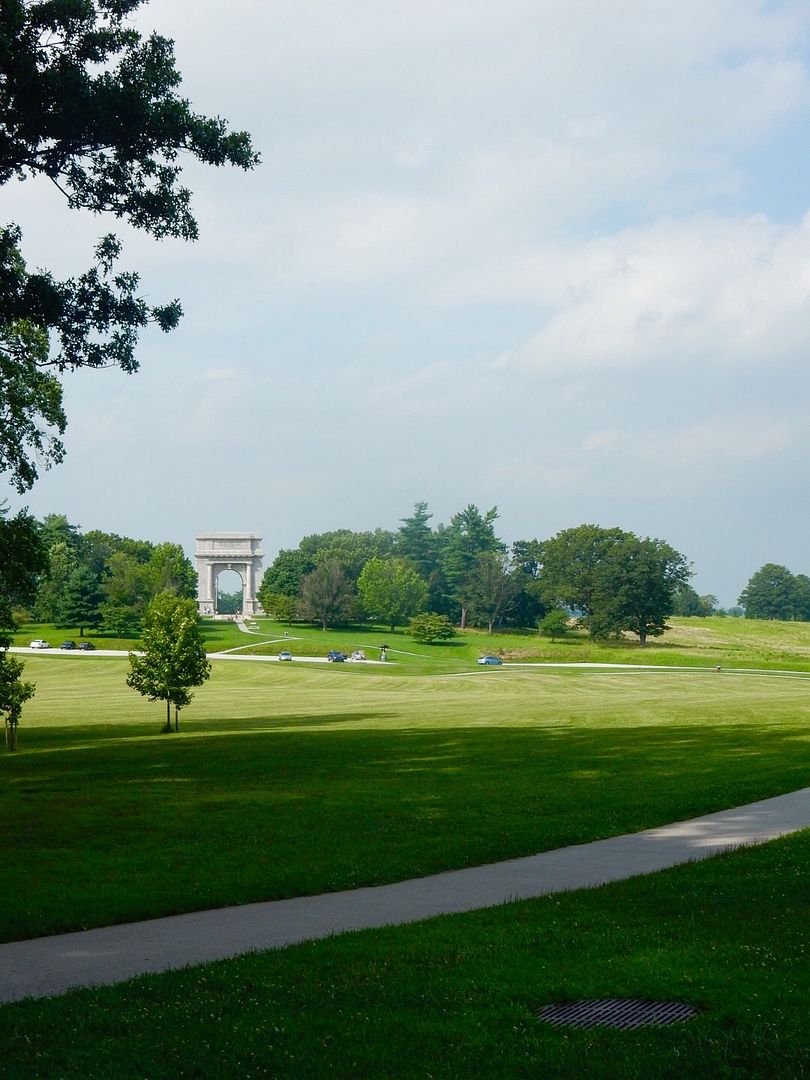
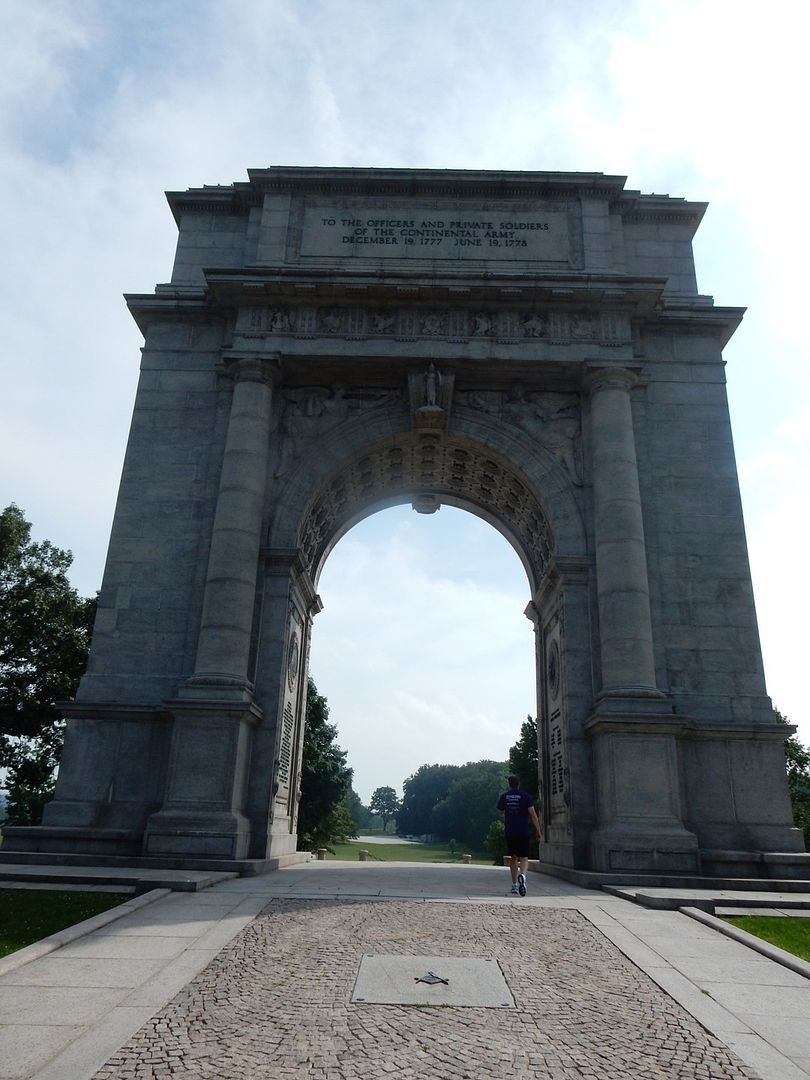

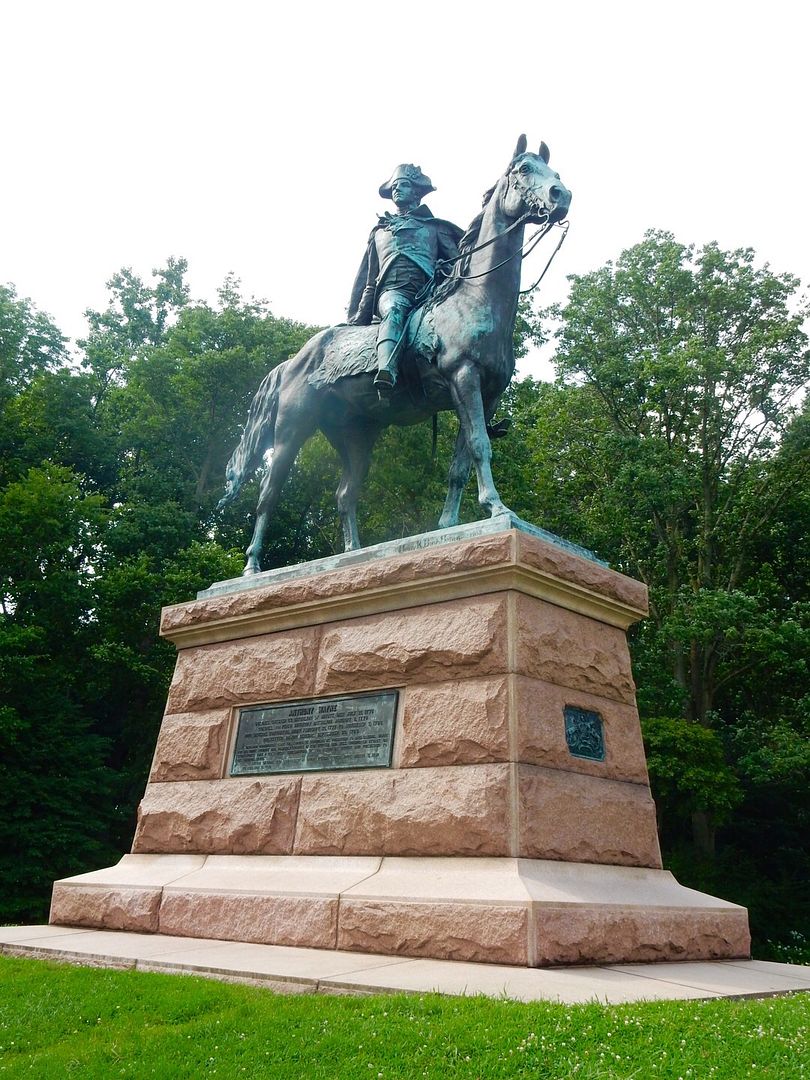

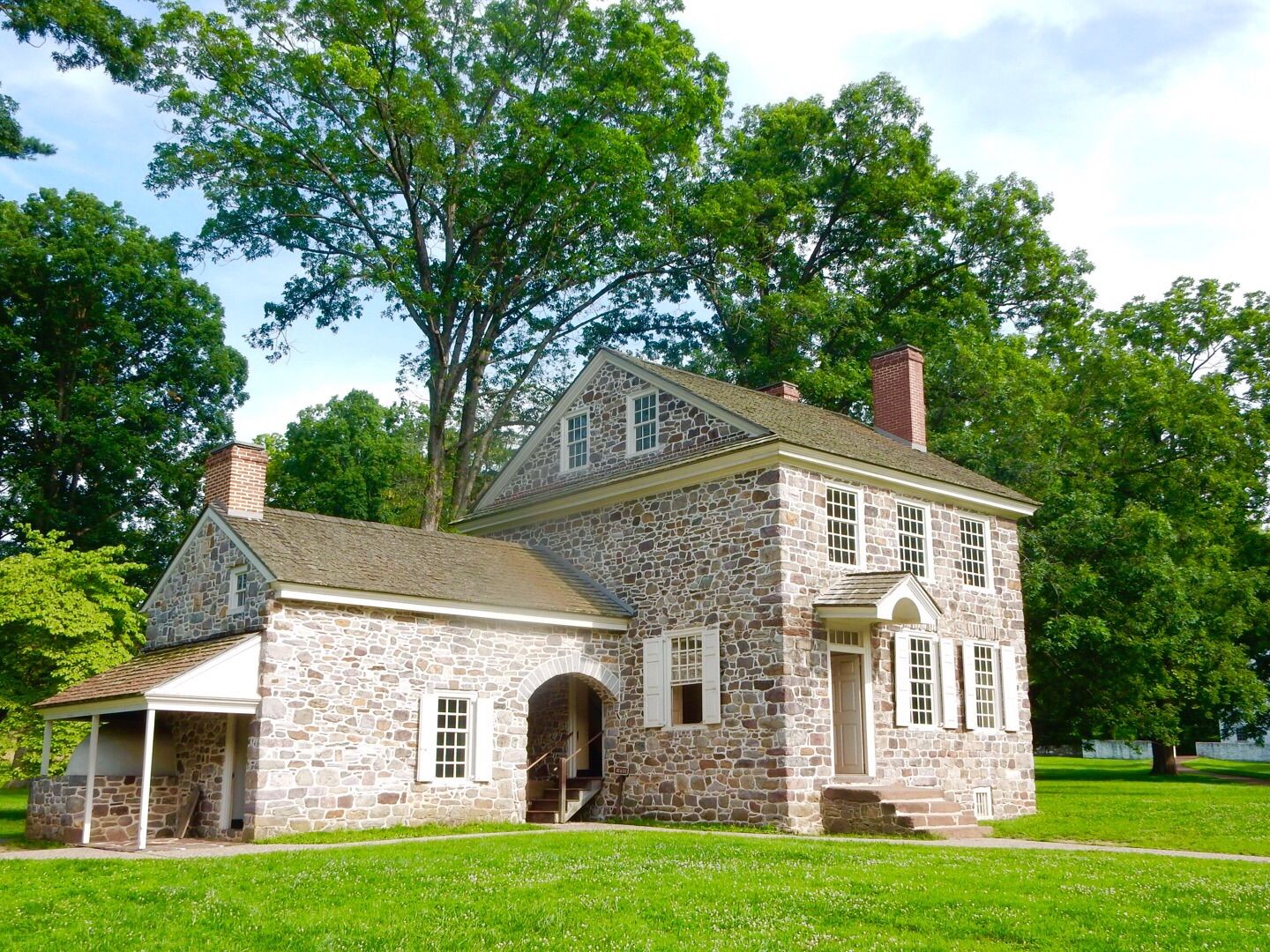
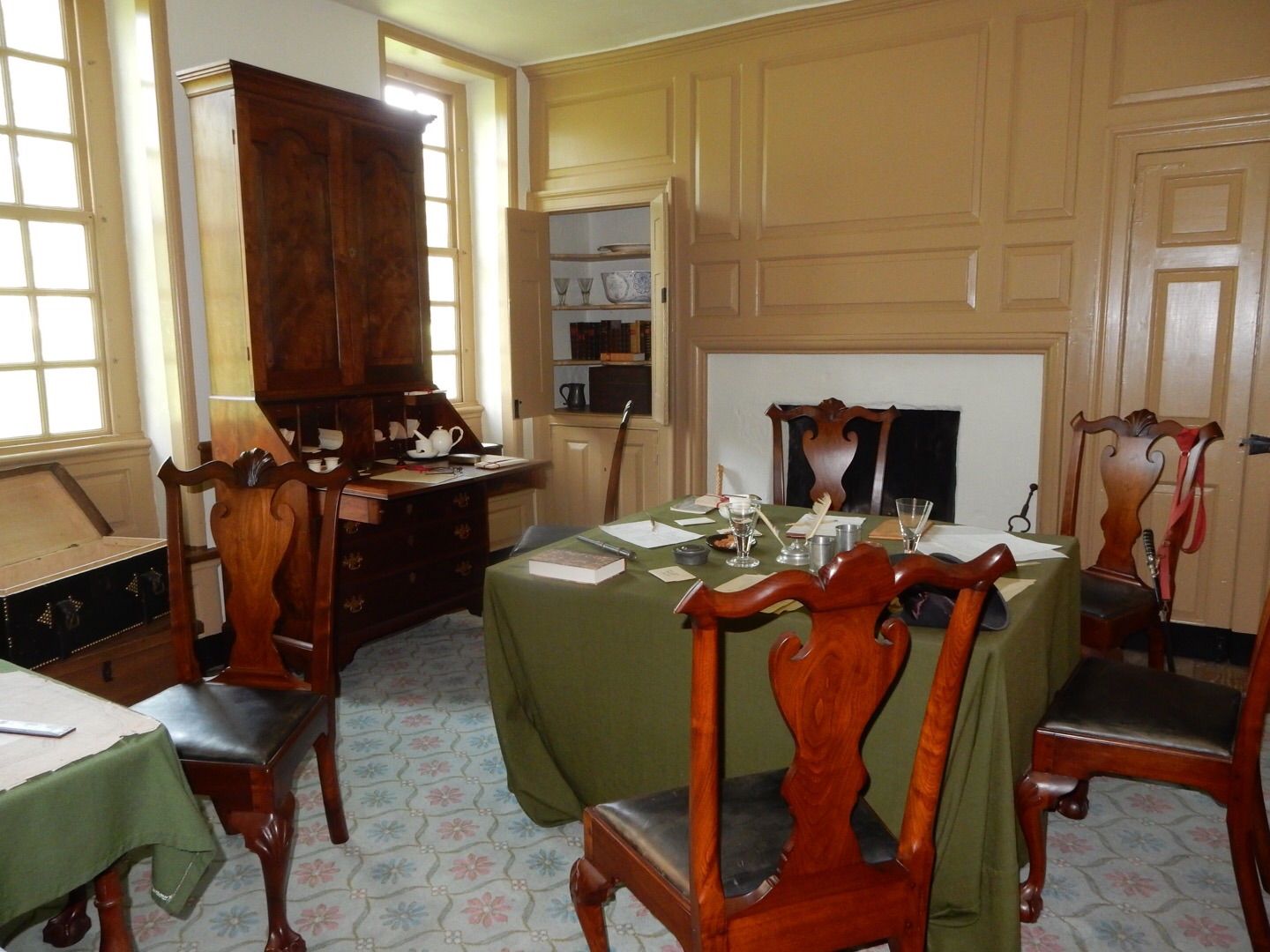
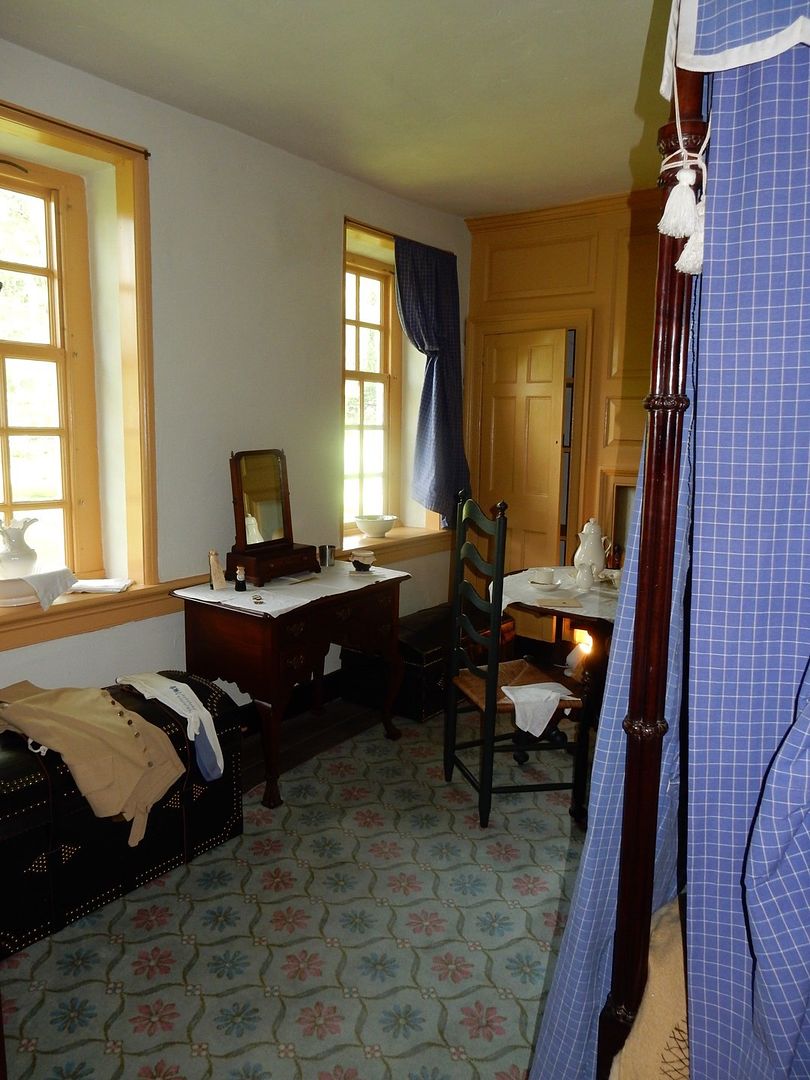
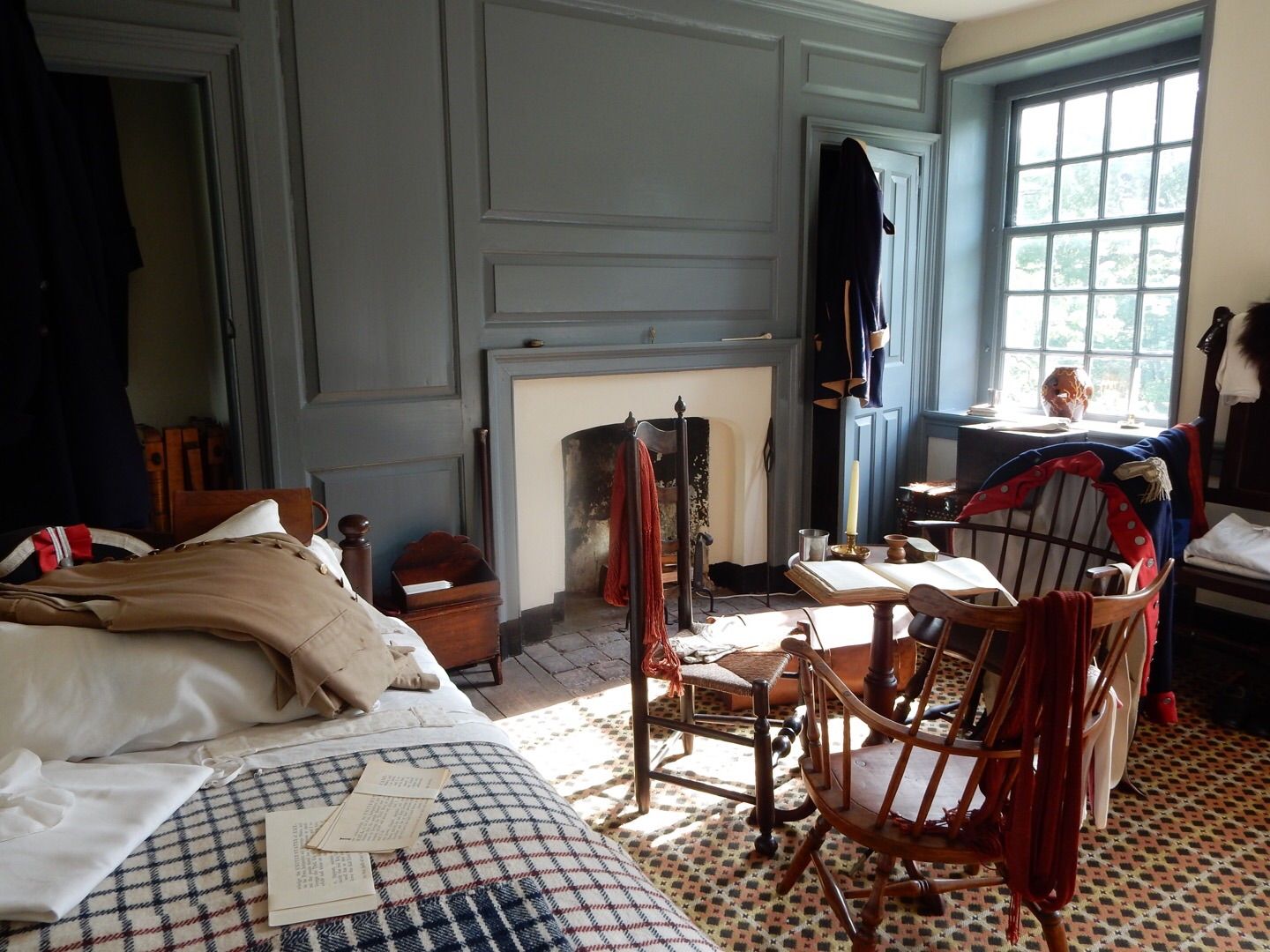
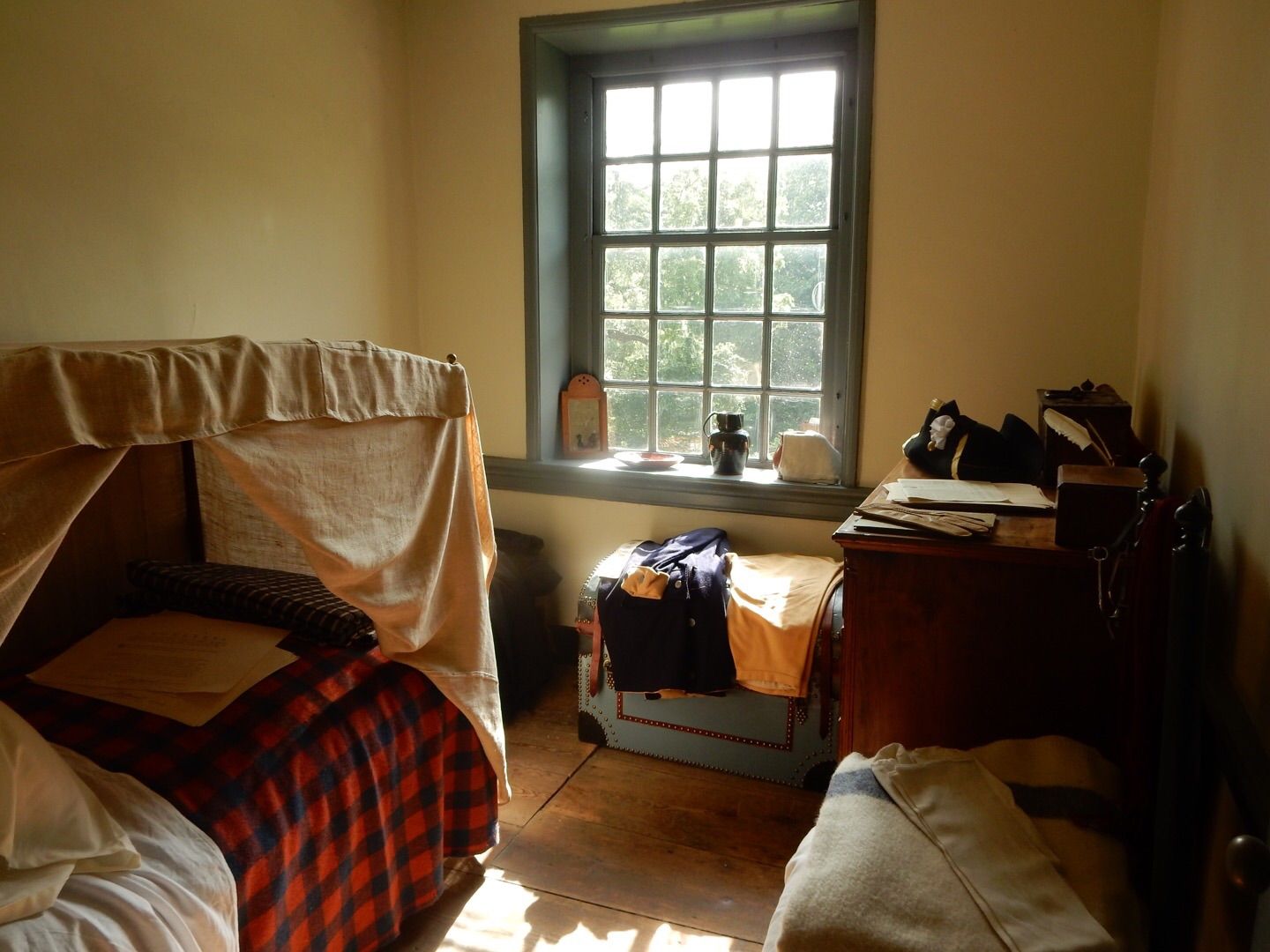

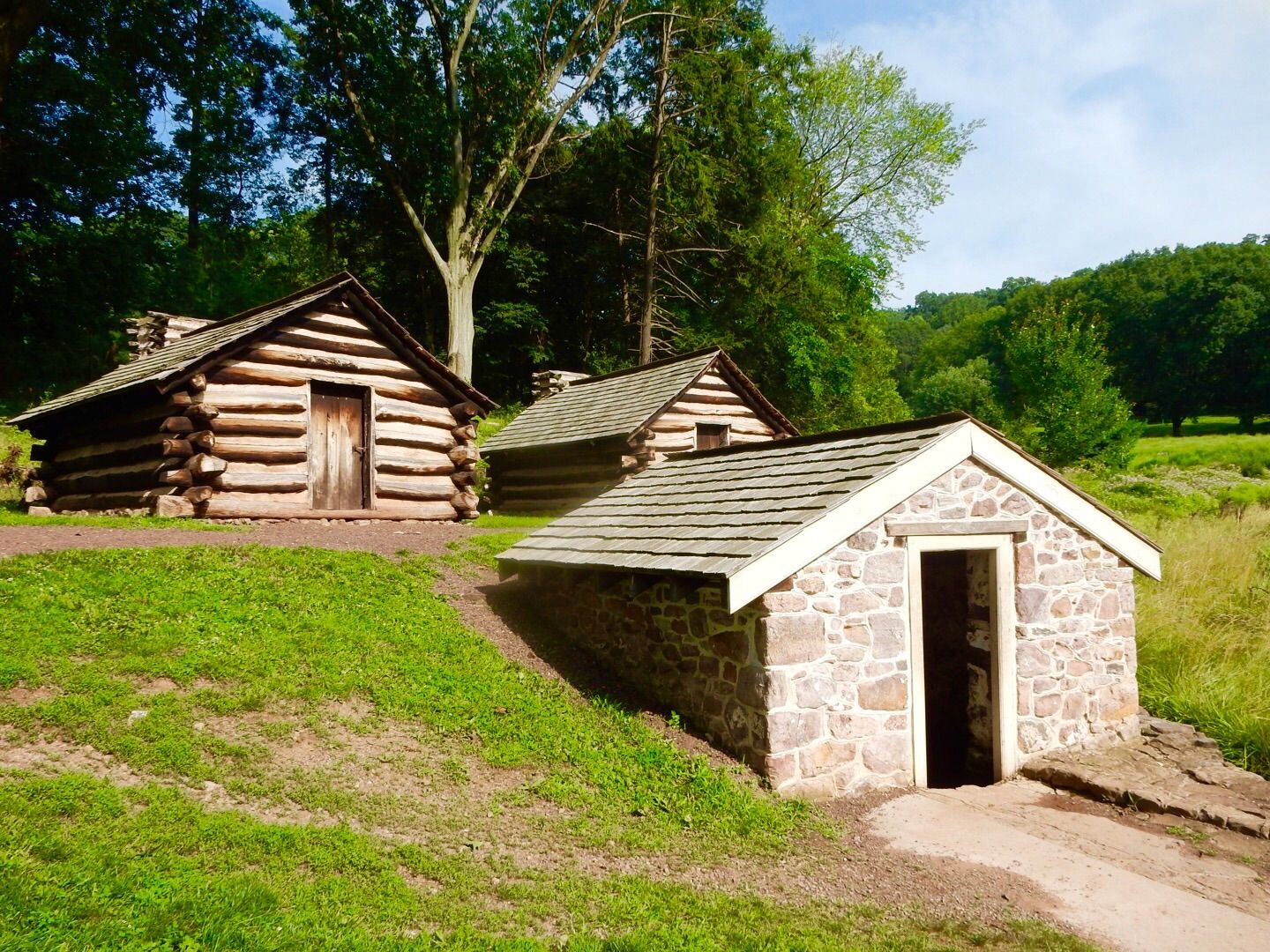

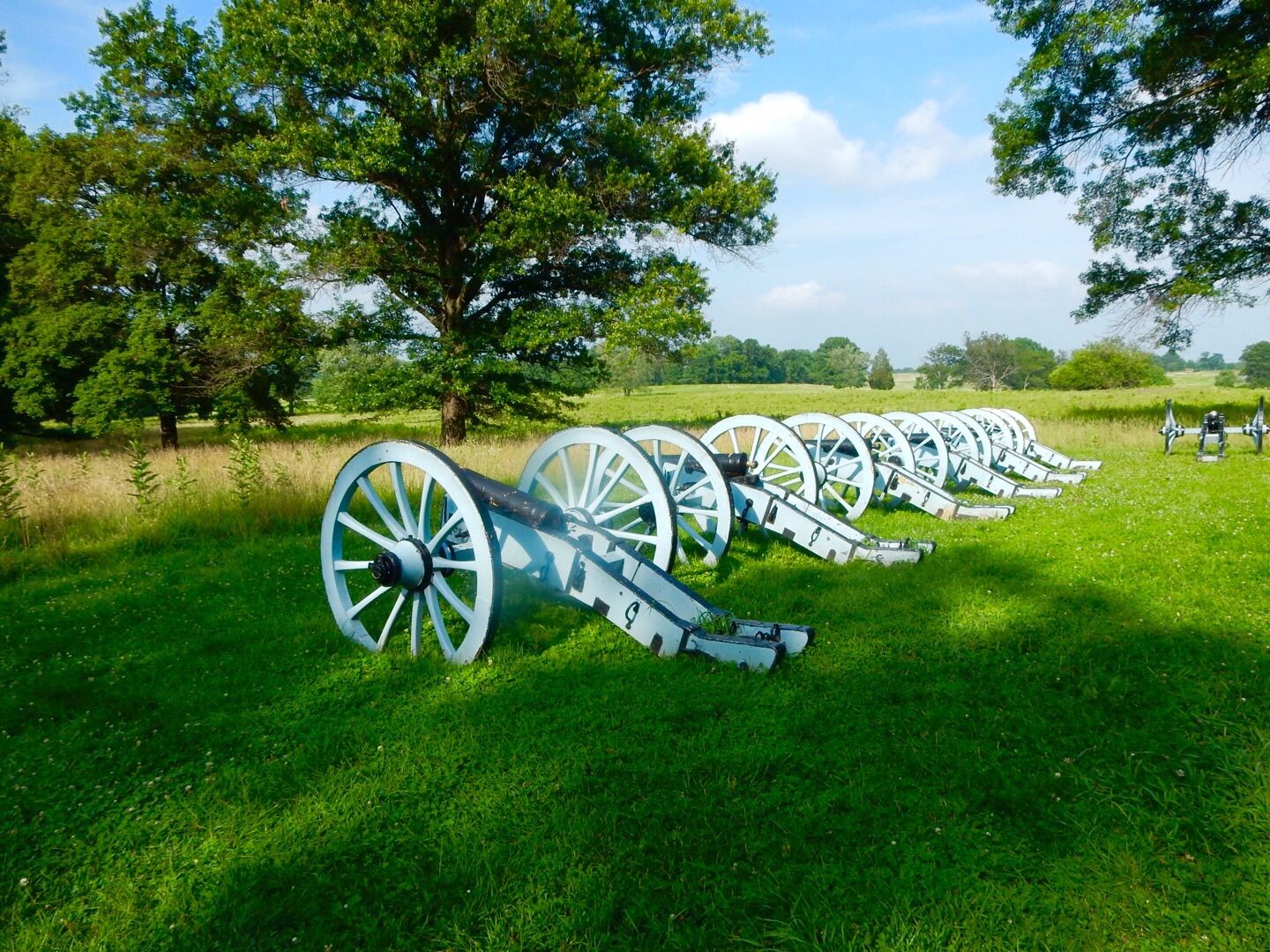
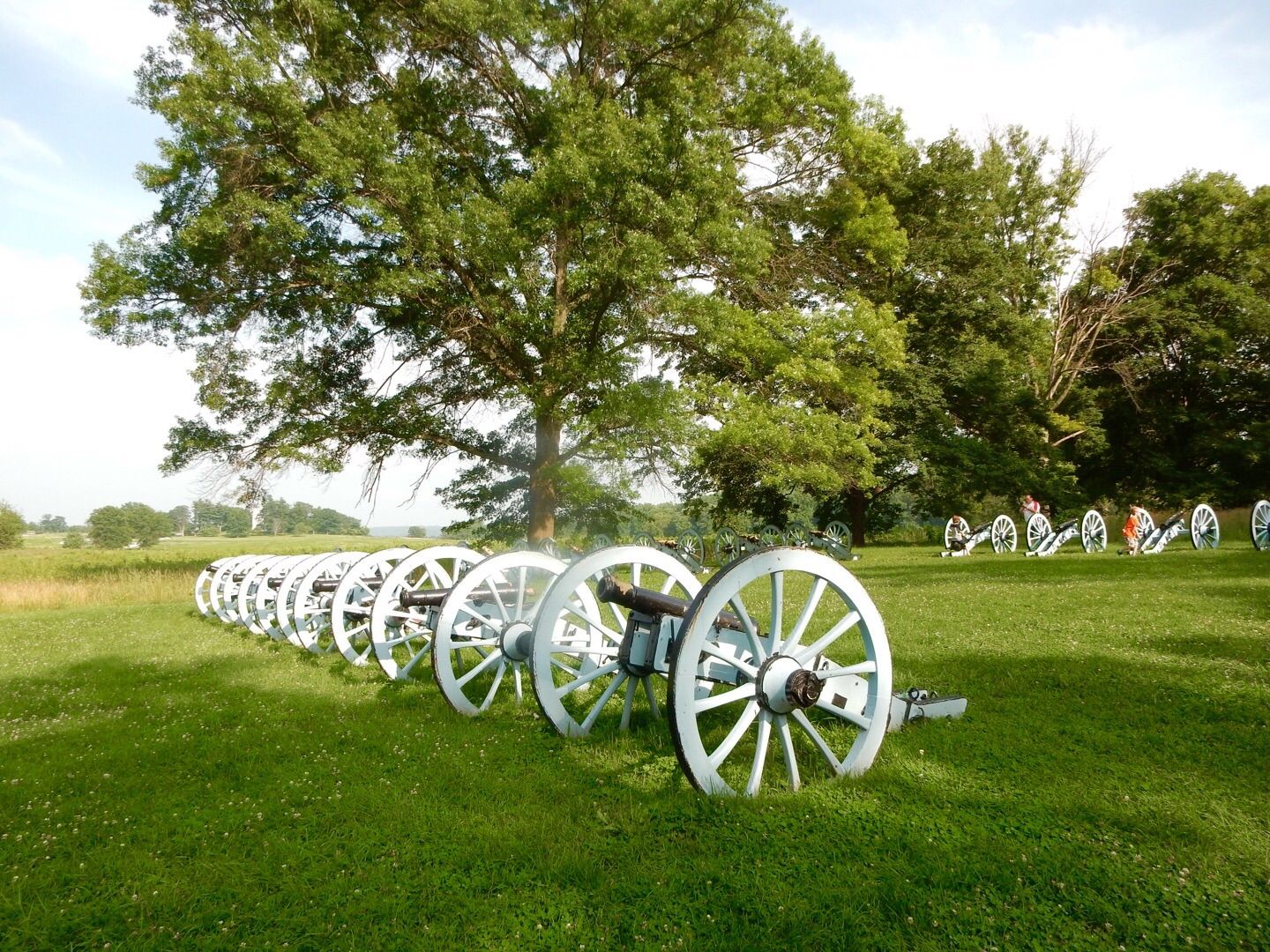
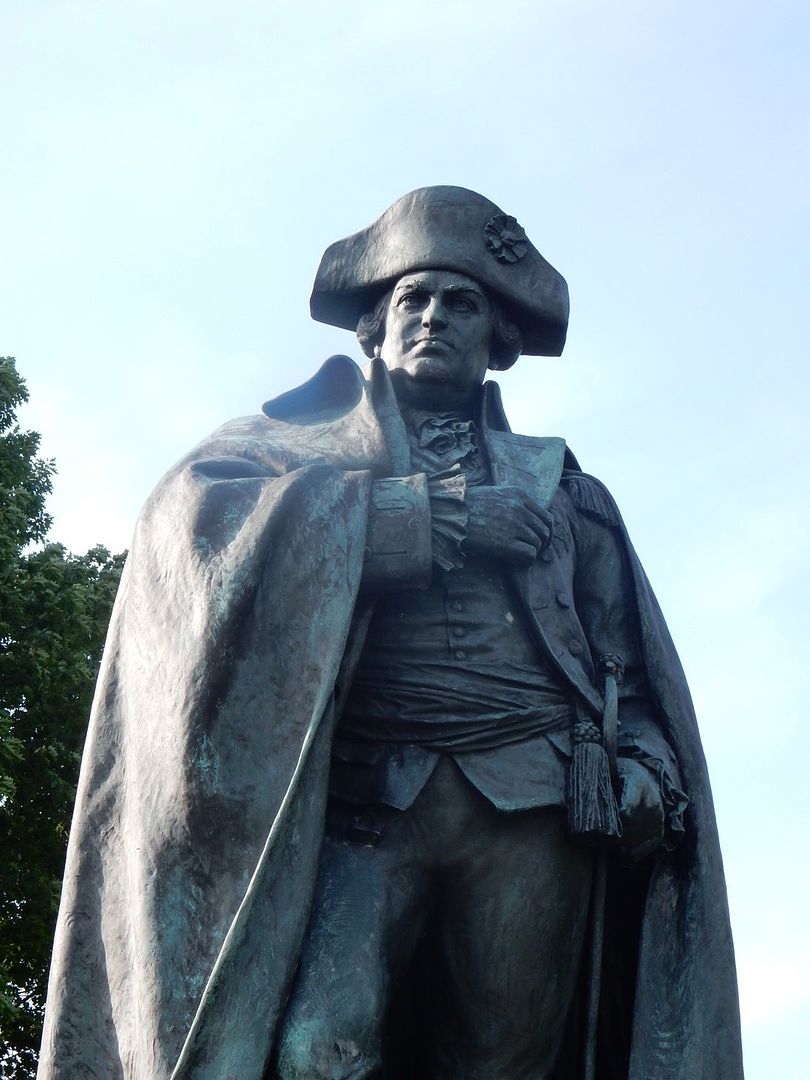

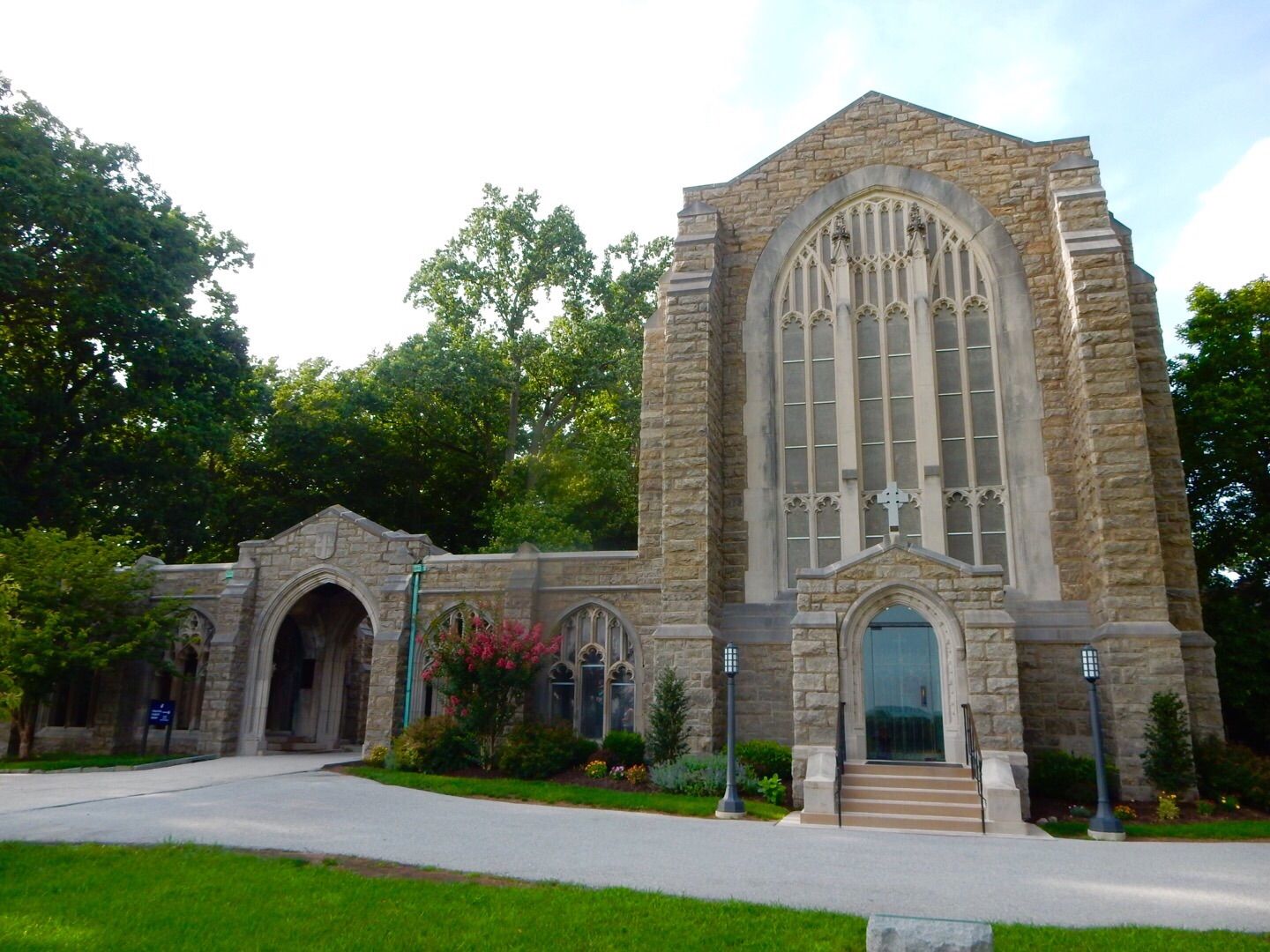


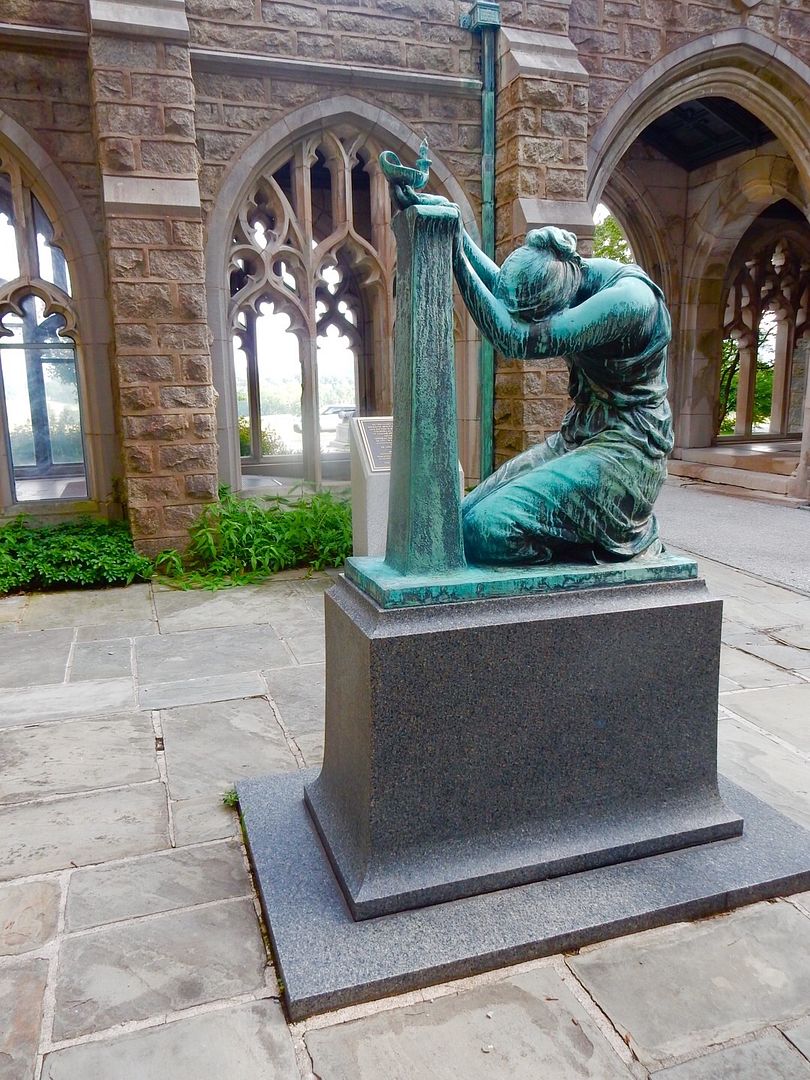
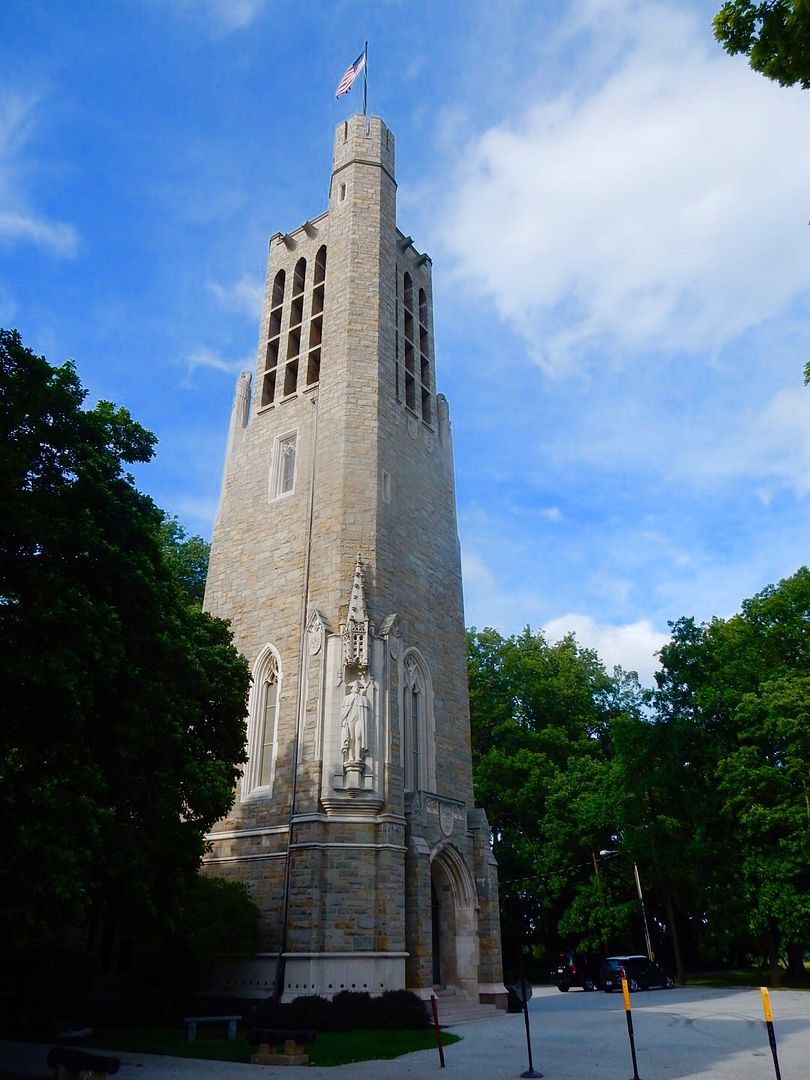





No comments:
Post a Comment